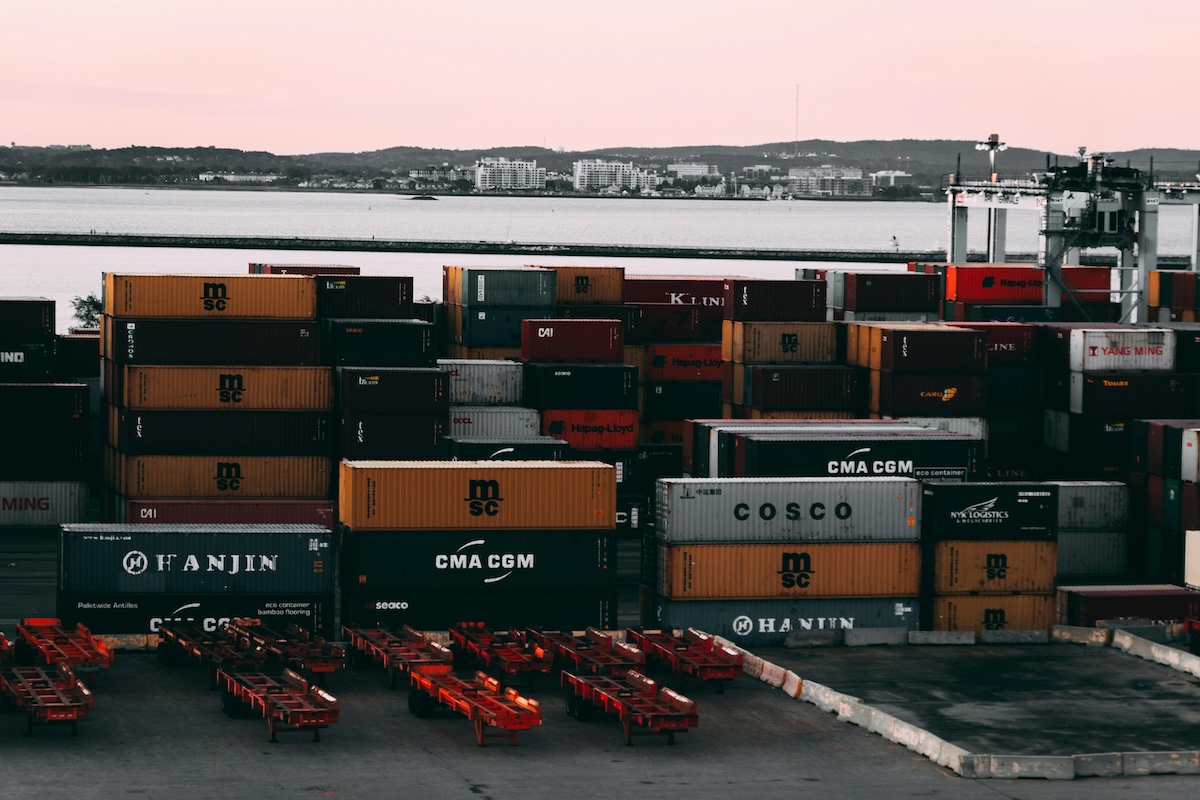Demystifying Customs Valuation in International Trade

Article Summary
Customs valuation is the process of determining the monetary value of imported goods for calculating duties and taxes.
The transaction value method, based on the price paid or payable for goods, is the preferred method under WTO rules.
Alternative methods include the transaction value of identical or similar goods, deductive value, computed value, and fallback methods.
Key documents include commercial invoices, bills of lading, contracts, and records of commissions, royalties, or assists.
Penalties include fines, shipment delays, seizure of goods, and increased scrutiny of future imports.
It ensures compliance with trade laws, proper duty assessment, and smooth cross-border transactions.
Introduction
Customs valuation is a critical aspect of international trade that determines the duty and taxes owed on imported goods. Accurate valuation ensures compliance with national laws and international agreements, particularly the World Trade Organization (WTO) Customs Valuation Agreement, which provides a standardized framework for determining the transaction value of imported goods.
Incorrect customs valuation can lead to underpaid duties, fines, shipment delays, and potential legal penalties. For importers, exporters, and customs professionals, understanding how to determine the proper value of goods is essential for smooth cross-border operations and compliance with global trade regulations.
Key Details About Customs Valuation
1. Transaction Value Method
The primary method of customs valuation is the transaction value, which is the price actually paid or payable for the goods when sold for export to the importing country. This includes:
- The cost of the goods themselves
- Packaging, transport, and insurance costs up to the port of entry
- Any commissions or royalties linked to the sale of the goods
If the transaction value can be reliably determined, it is the preferred method under WTO rules.
2. Alternative Valuation Methods
When the transaction value is unavailable or unreliable, customs authorities use alternative methods in a hierarchical order:
- Transaction value of identical goods – Value of goods identical in type, quality, and quantity.
- Transaction value of similar goods – Value of goods with similar characteristics.
- Deductive value method – Based on the resale price of the imported goods in the destination market, minus certain costs and charges.
- Computed value method – Includes the cost of production, materials, labor, and overhead, plus reasonable profit.
- Fallback method – Any reasonable method consistent with the principles of the WTO valuation agreement.
Importers must be prepared to provide documentation to support alternative valuation methods when necessary.

3. Adjustments to the Value
Customs authorities often require adjustments to the declared value to reflect additional costs or benefits related to the transaction. Examples include:
- Packing costs not included in the invoice
- Commissions or royalties tied to the imported goods
- Assists, such as materials or components supplied by the buyer
- Transport and insurance costs incurred before arrival at the import port
Accurate adjustments ensure that the customs value reflects the total economic transaction in accordance with regulations.
4. Documentation Requirements
Proper customs valuation depends on comprehensive and accurate documentation. Key documents include:
- Commercial invoices showing price, terms, and description of goods
- Bills of lading or airway bills indicating freight and insurance costs
- Contracts, purchase orders, and payment records
- Supporting documentation for assists, royalties, or commissions
Maintaining clear and organized records is essential for audits and to respond to customs inquiries or disputes.
5. Compliance and Penalties
Accurate customs valuation is not just a best practice—it is a legal requirement. Incorrect or fraudulent valuation can result in:
- Fines and penalties
- Seizure of goods
- Delayed shipments
- Increased scrutiny in future transactions
Regular training, internal audits, and the use of customs compliance software can help companies ensure accuracy and minimize risk.
Conclusion
Customs valuation is a cornerstone of international trade compliance. Determining the correct value of imported goods ensures proper duty assessment, supports fair trade practices, and reduces the risk of legal or financial penalties.
By understanding the transaction value method, alternative methods, necessary adjustments, documentation requirements, and compliance obligations, businesses can manage customs valuation effectively. Proper valuation not only streamlines import processes but also strengthens a company’s reputation for reliability and regulatory adherence in global trade.
Key Points
What is customs valuation, and why is it important?
- Definition: Customs valuation is the process of assigning a monetary value to imported goods for calculating duties, taxes, and fees.
- Importance: Accurate valuation ensures compliance with trade laws, fair duty assessment, and smooth customs clearance. It also supports global trade statistics and revenue collection.
What is the transaction value method in customs valuation?
- Definition: The transaction value method is based on the price actually paid or payable for goods when sold for export to the importing country.
- Key Inclusions: This method includes the cost of goods, packaging, transport, insurance, and any royalties or commissions tied to the sale.
- Conditions: It is the preferred method under WTO rules, provided the transaction value can be reliably determined.
What are the alternative methods of customs valuation?
- Transaction Value of Identical Goods: Uses the value of identical goods with the same characteristics and origin.
- Transaction Value of Similar Goods: Applies to goods with similar materials, functions, and production origins.
- Deductive Value Method: Based on the resale price of goods in the importing country, minus costs like duties and commissions.
- Computed Value Method: Includes production costs, materials, labor, and overhead, plus reasonable profit.
- Fallback Method: Uses reasonable means consistent with WTO principles when other methods are not applicable.
What adjustments are made to the customs value?
- Packing Costs: Costs not included in the invoice must be added.
- Royalties and Commissions: Payments tied to the imported goods are included.
- Assists: Materials or components provided by the buyer are factored in.
- Transport and Insurance Costs: Costs incurred before the goods reach the port of entry are included.
- Purpose: These adjustments ensure the customs value reflects the total economic transaction.
What documentation is required for customs valuation?
- Commercial Invoices: Show the price, terms, and description of goods.
- Bills of Lading or Airway Bills: Indicate freight and insurance costs.
- Contracts and Purchase Orders: Provide evidence of the transaction.
- Supporting Records: Include documentation for assists, royalties, or commissions.
- Importance: Accurate documentation is essential for audits, customs inquiries, and dispute resolution.
What are the risks and penalties for incorrect customs valuation?
- Fines and Penalties: Incorrect valuation can result in fines or seizure of goods.
- Shipment Delays: Errors may lead to delays in customs clearance.
- Increased Scrutiny: Non-compliance can result in heightened inspections for future shipments.
- Mitigation: Regular training, internal audits, and customs compliance software can help minimize risks.










